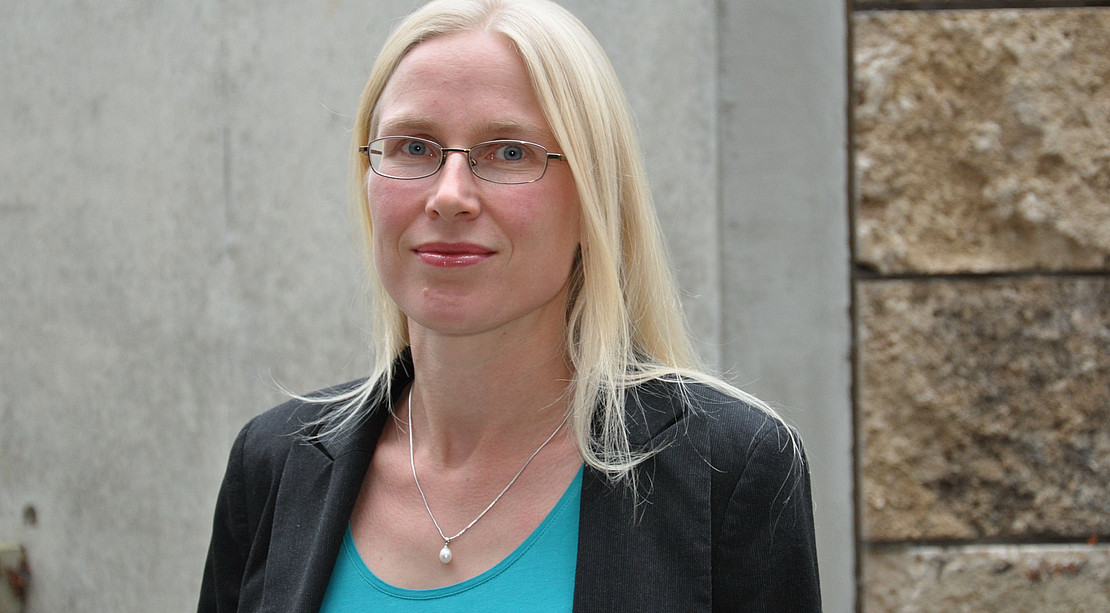Federal ministries: Hardly any East Germans in top positions
 Image: Peter Schubart.
Image: Peter Schubart.According to the study, one still looks almost in vain for top civil servants from East Germany in the all-German „administrative elite“: among state secretaries and heads of department in federal ministries, the share of East Germans was mostly around one per cent until the end of Angela Merkel's third term in office; during Gerhard Schröder's first term in office and Angela Merkel's first term in office, there were simply no East Germans at all in these positions. Even under the new coalition, there is so far only one state secretary who grew up in the east of Germany: Antje Draheim has been state secretary in the Federal Ministry of Health since 8 December 2021.
In the „political elite“, i.e. at the cabinet table, the proportion of East Germans is traditionally somewhat higher, but at around 9 per cent it is currently lower than in most predecessor governments after 1990. In the current government there are two East German ministers, Clara Geywitz and Steffi Lemke, and with Reem Alabali-Radovan, Carsten Schneider and Michael Keller, three more people who grew up in East Germany are among the parliamentary secretaries.
These facts are one result of the large-scale research project "New Elites - Established Personnel?" of the Chair of Public Management headed by Prof. Dr. Sylvia Veit. The researchers examined almost 3,600 career biographies from the „Kaiser“ era to present-day Germany. This includes members of governments (political elite) on the one hand and high civil servants in ministries (administrative elite) on the other. The central questions: To what extent were top personnel in central government ministries retained or replaced after political upheavals? What was their composition?